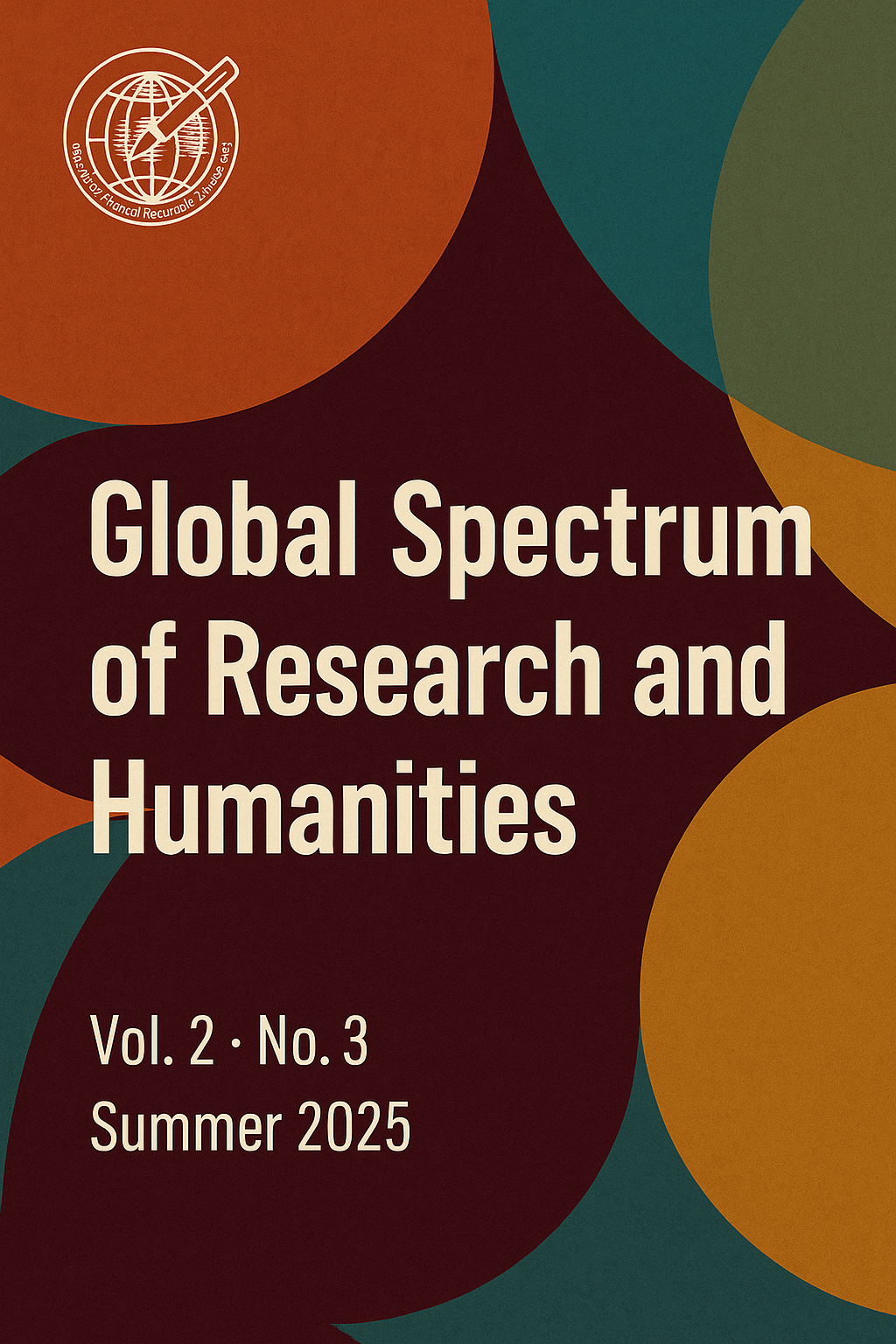Backtranslation as a Quality Control Tool in Translation Studies: Challenges and Practical Insights
DOI:
https://doi.org/10.69760/gsrh.0203025005Keywords:
backtranslation, translation accuracy, semantic shift, idiomatic loss, pragmatic failure, quality assessment, Azerbaijani English translationAbstract
Backtranslation, once considered a supplementary procedure in translation evaluation, has evolved into a significant tool for ensuring semantic accuracy and cultural equivalence. Rather than merely re-translating texts, it allows researchers and practitioners to uncover subtle shifts in meaning, tone, or idiomatic intent that may otherwise go unnoticed. This paper explores backtranslation as a quality control mechanism within translation studies, combining theoretical perspectives with real-world case studies. Examples are drawn from Azerbaijani, French, Russian, and Turkish to highlight common challenges such as semantic drift, idiomatic loss, and pragmatic failure. By analyzing authentic data, the study emphasizes how backtranslation can serve as a mirror—reflecting not only linguistic discrepancies but also the deeper cultural mismatches that surface through language. Beyond its methodological relevance, the article adopts a human-centered approach, recognizing that behind every translation lies a human effort to preserve voice, emotion, and intention. The findings of this paper offer practical insights for translator training, multilingual content development, and AI-supported translation tools, reaffirming the value of backtranslation in today's global communication landscape.
References
Gile, D. (2009). Basic concepts and models for interpreter and translator training (Revised ed.). John Benjamins Publishing.
House, J. (1997). Translation quality assessment: A model revisited. Gunter Narr Verlag.
Mirzayev, E. (2023). Phonetics and Phonology at NSU: Integrating the Eclectic Method in Transformative Student Research. Web of Semantics: Journal of Interdisciplinary Science, 1(2), 25–29.
Mirzayev, E. (2024a). Enhancing Pronunciation Skills through the Eclectic Method in University-Level English Teaching. EuroGlobal Journal of Linguistics and Language Education, 1(2), 139–148. https://doi.org/10.69760/egjlle.2024.046
Mirzayev, E. (2024b). Bridging Pronunciation Gaps: The Impact of Eclectic Teaching Methods in Tertiary English Education. Acta Globalis Humanitatis Et Linguarum, 1(1), 97–107. https://doi.org/10.69760/aghel.024055
Mirzayev, E. (2024c). ENUNCIATING EFFECTIVELY: The Influence of Bloom's Taxonomy on Teaching Pronunciation. Sciences of Europe, 137, 93–101. https://doi.org/10.5281/zenodo.10874725
Mirzayev, E. (2024d). A Comprehensive Guide to English's Most Common Vowel Sound. Global Spectrum of Research and Humanities, 1(1), 19–26. https://doi.org/10.69760/gsrh.0101202403
Mirzayev, E. (2024e). UNITING TPR AND ECLECTIC METHODOLOGY TO MAXIMIZE PRONUNCIATION PROFICIENCY FOR UNIVERSITY STUDENTS. Biological Sciences, 54.
Mirzayev, E. (2024f). The Influence of First Language Interference on ESL Writing Skills. EuroGlobal Journal of Linguistics and Language Education, 1(1), 33–39. https://doi.org/10.69760/ds5gc908
Mirzayev, E. (2024g). Machine Translation vs. Human Translation: A Comparative Analysis. Journal of Foreign Language Teaching and Applied Linguistics, 31.
Mirzayev, E. (2025). Pronunciation issues in translation: challenges and implications. Acta Globalis Humanitatis Et Linguarum, 2(3), 41–50. https://doi.org/10.69760/aghel.0250020006
Newmark, P. (1988). A textbook of translation. Prentice Hall.
Nida, E. A. (1964). Toward a science of translating: With special reference to principles and procedures involved in Bible translating. Brill Archive.
Downloads
Published
Issue
Section
License
Copyright (c) 2025 Global Spectrum of Research and Humanities

This work is licensed under a Creative Commons Attribution-NonCommercial-NoDerivatives 4.0 International License.




